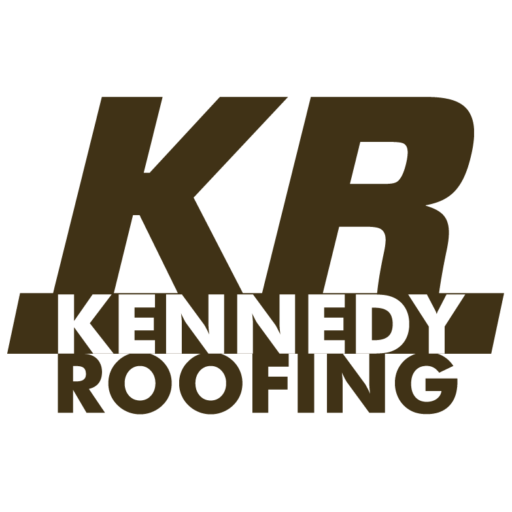
12 Jul Key Roles of Insulation In a Commercial Roof
Cooling in the summer and warming in the winter, insulation is a key component of any roof. It slows down how quickly your building loses energy, which is important for homeowners and commercial buildings alike. But do you know why? In this blog post, we’ll take a look at what Insulation In a Commercial Roof does from three different points of view: economic, environmental, and human comfort. We’ll also show you six common types of insulation that are used on roofs today — each with its own benefits as well as drawbacks.
And as we’ll show, and as many of you may know, insulation for roofs has come a long way since the days of corrugated sheet boards. In fact, some roofing companies use nothing more than a few layers of fiberglass or cellulose to insulate their customers’ built-in units.
Let’s start with the most obvious point of view — the economic one!
-
Energy Efficiency
Obviously, the main reason to insulate a roof is to save energy. In other words, your building and its inhabitants could be using all your savings!
For example, a home with an uninsulated attic could cool much more slowly than it needs to in the hot summer months. As a result, your air conditioner would have to run longer at much higher temperatures.
But what about in the winter? In that case, it’s cold enough already, so your heater probably doesn’t even have to be turned on. In a properly insulated attic, cool air naturally rises and is replaced by warm air coming down from below. It’s the same principle behind how a spinning ceiling fan cools you off in summer or warms you up in the wintertime.
OK, now let’s take a look at the environmental angle.
-
Green Building
Green building is pretty much a buzzword these days, and many new construction buildings are aiming for LEED certification or some other form of green building certification. And it’s no wonder — there’s nothing more environmentally friendly than a building that uses less energy than it needs to!
Of course, you can’t just slap on some fiberglass and turn your commercial roof into an environmental dream come true. There are a lot of ways you can go green with your commercial roofing.
For example, you could insulate with foam insulation that has been certified by the EPA as a form of green construction. Other roofing companies may opt for natural insulation materials such as cellulose or wool insulation. These materials reduce your carbon footprint and offer some way to offset the pollution created by manufacturing products like fiberglass insulation.
You can even insulate your roof with recycled materials. In fact, if you’re recycling construction debris from your roof or even from your neighborhood, you may just be doing the world a favor by collecting old staples for fiberglass insulation.
-
Safety
Safety is another very important consideration when it comes to insulation in a commercial roof. We don’t want anyone falling off the roof or climbing on it — especially not after they’ve had a few drinks at happy hour. That’s why it’s crucial to insulate your roof so that people can’t fall through cracks and chinks in the insulation.
As well, insulation is another way you can ensure a safer workplace and a safer building for your employees. If your commercial roofing system has a good amount of insulation in it, you can save a lot of money on energy bills. That means less money you need to spend on cooling the air in your office or business premises!
Closing Notes
Insulating your roof is an investment in your business, and it’ll pay for itself many times over — even in the first year. As well, it’s a smart move in general when it comes to protecting the environment. With any luck, you can help slow global warming by insulating your commercial roof (or roofs) into something the world can indeed be proud of. If you are interested in getting any roof work done for your commercial or residential building contact us today!



Sorry, the comment form is closed at this time.